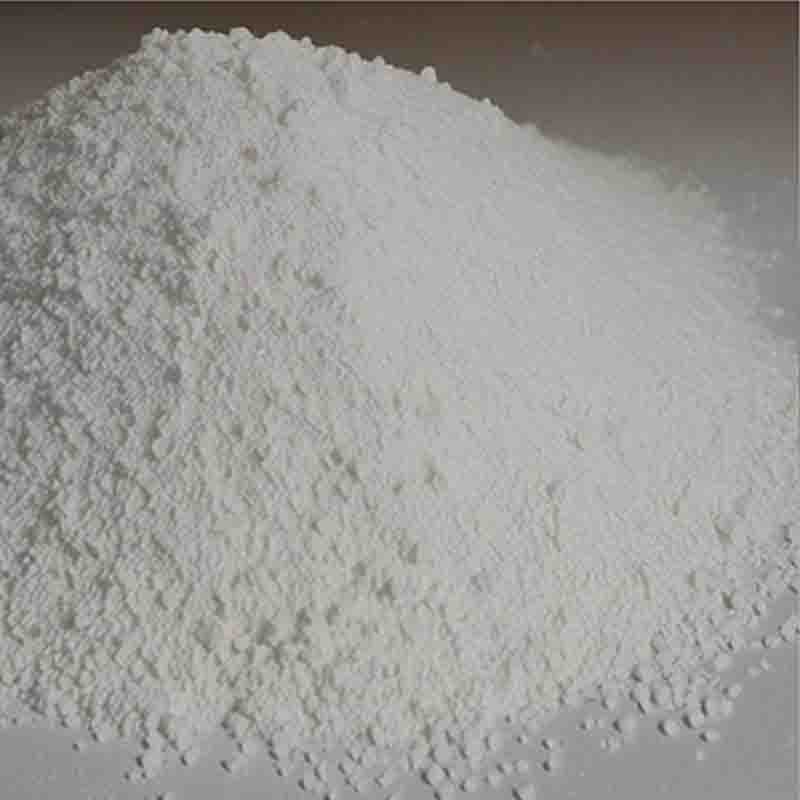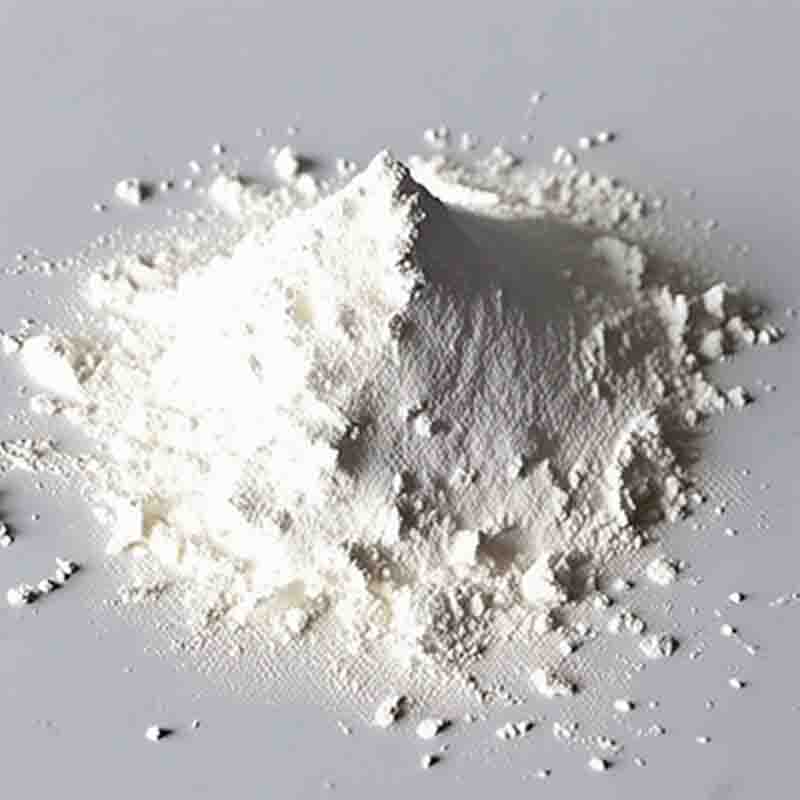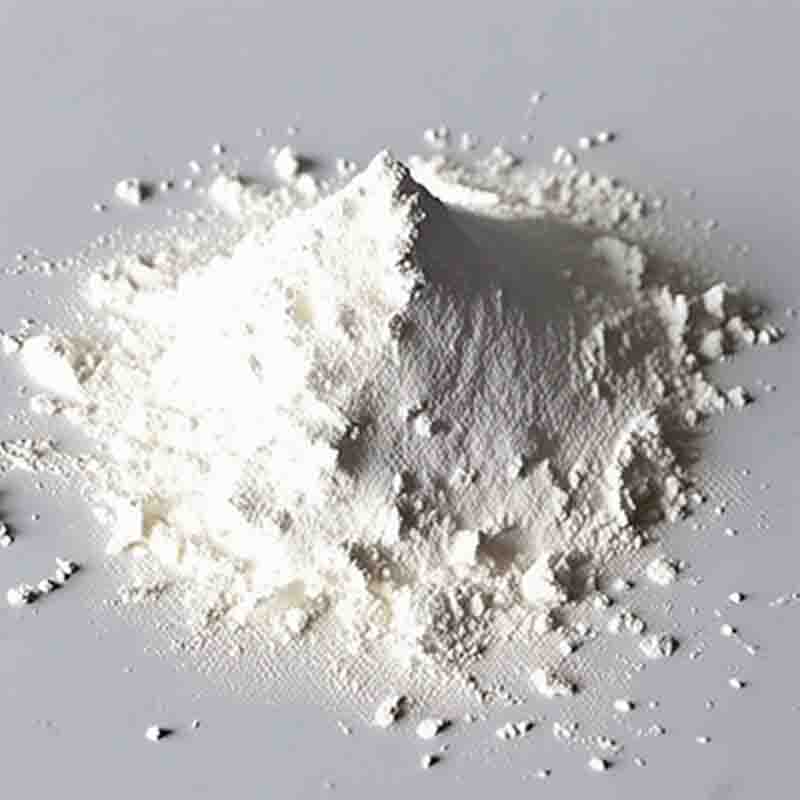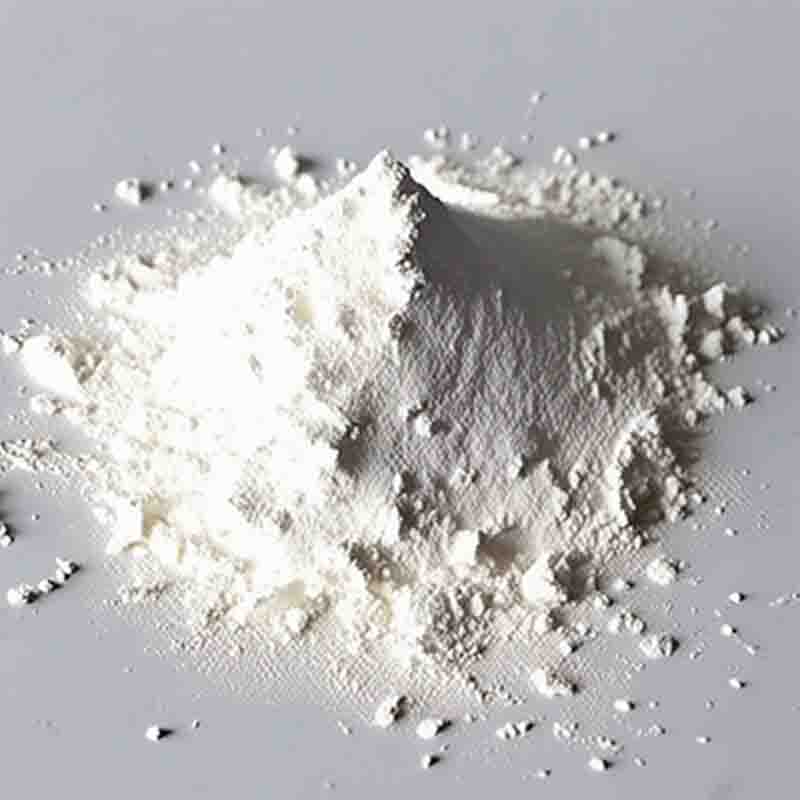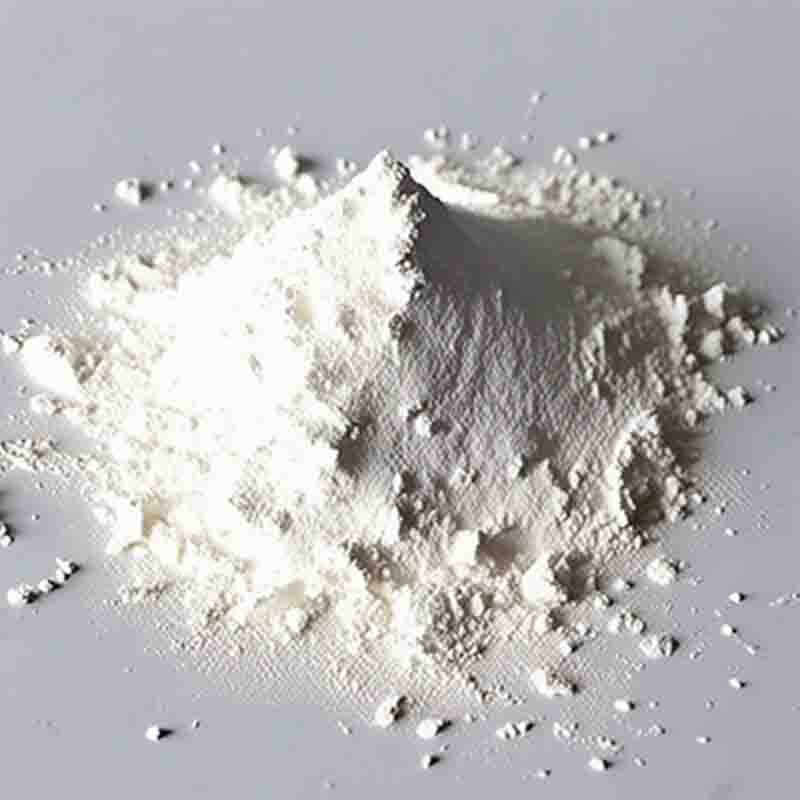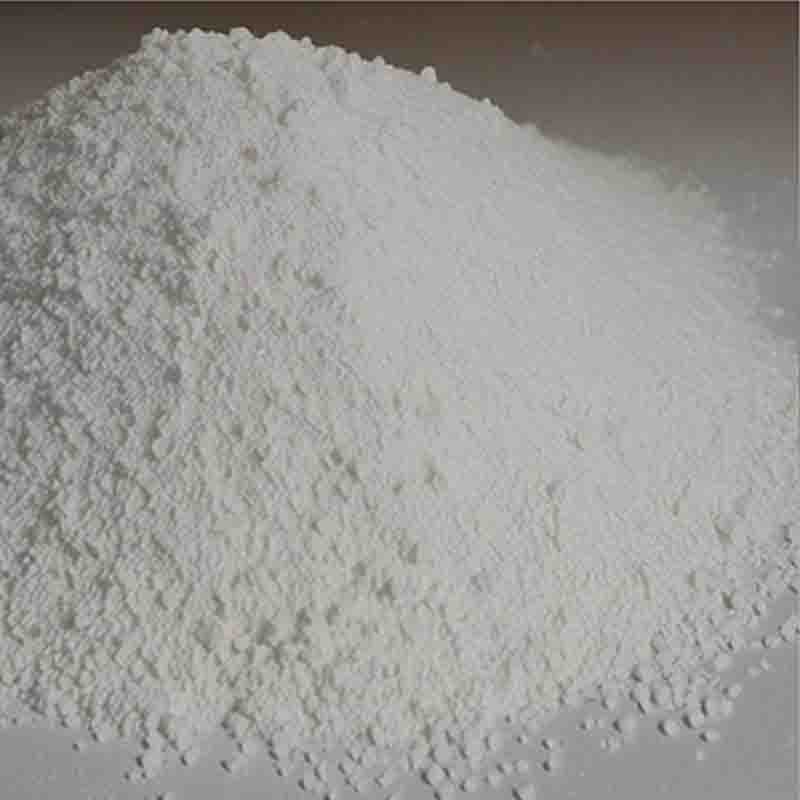Tris(dibenzylideneacetone)dipalladium-chloroform adduct CAS: 52522-40-4
| Catalog Number | XD94390 |
| Product Name | Tris(dibenzylideneacetone)dipalladium-chloroform adduct |
| CAS | 52522-40-4 |
| Molecular Formula | C52H31Cl3O3Pd2 |
| Molecular Weight | 1023.01 |
| Storage Details | Ambient |
Product Specification
| Appearance | White powder |
| Assay | 99% min |
Tris(dibenzylideneacetone)dipalladium-chloroform adduct, also known as Pd2(dba)3-CHCl3, is a complex compound that has shown significant utility in various organic synthesis reactions. This adduct is formed by combining tris(dibenzylideneacetone)dipalladium (Pd2(dba)3) with chloroform (CHCl3).Pd2(dba)3-CHCl3 has been widely employed as a catalyst precursor in a range of carbon-carbon and carbon-heteroatom bond-forming reactions. One notable application is its use in palladium-catalyzed cross-coupling reactions, such as Suzuki-Miyaura and Heck reactions. These transformations are crucial for the construction of complex organic molecules and have found tremendous use in pharmaceutical, agrochemical, and material science research.The addition of chloroform to Pd2(dba)3 serves several important purposes. Chloroform acts as a coordinating solvent and helps to solubilize the reactants and catalyst, enabling efficient reaction conditions. Additionally, chloroform aids in the activation of the Pd2(dba)3 complex by breaking down the Pd2(dba)3 aggregates, thus generating the active catalytic species.The Pd2(dba)3-CHCl3 adduct exhibits several advantages in catalysis. Firstly, it is a readily accessible and commercially available precursor, making it highly convenient for laboratory-scale synthesis and industrial applications. Secondly, this adduct demonstrates good stability under mild reaction conditions, allowing for precise control over reaction parameters and improved selectivity in target molecule formation.Furthermore, Pd2(dba)3-CHCl3 can be easily activated by treating it with a base or ligand, such as phosphines or N-heterocyclic carbenes, resulting in the formation of highly active palladium species. These activated complexes promote the oxidative addition of carbon-heteroatom and carbon-carbon bonds, facilitating the desired cross-coupling reactions.It is important to note that the residual chloroform in the Pd2(dba)3-CHCl3 adduct might have a role in certain reactions as a source of chlorine and can participate as a reagent in the reaction mechanism. However, the chloroform can also introduce limitations in some cases due to its potential interference with sensitive functional groups or its relatively low solubility in some solvents.In summary, the Tris(dibenzylideneacetone)dipalladium-chloroform adduct (Pd2(dba)3-CHCl3) is a versatile catalyst precursor that finds utility in a range of carbon-carbon and carbon-heteroatom bond-forming reactions. Its combination of Pd2(dba)3 with chloroform provides solubility, stability, and activation properties, facilitating efficient and selective cross-coupling reactions. This adduct has proven to be a valuable tool in synthetic chemistry, enabling the synthesis of complex and valuable organic molecules.


